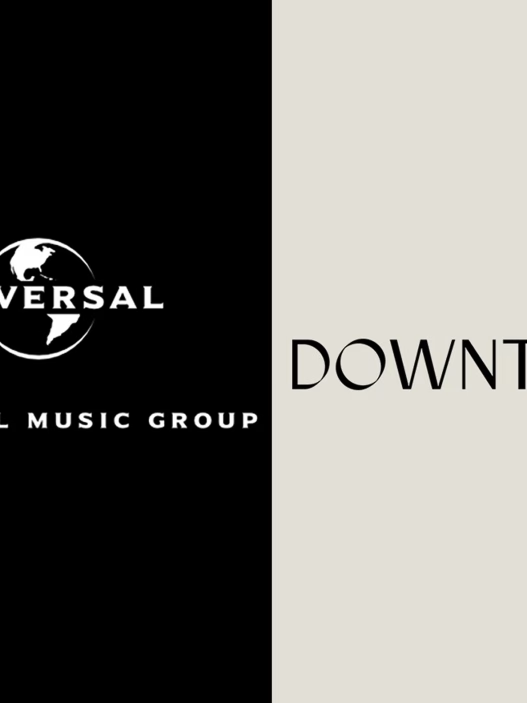In a move that’s got the creator community buzzing, YouTube has finally rolled out its long-awaited Collaboration feature making it easier than ever for creators to team up, share audiences, and spark viral growth.
The feature, first teased in August 2025 during limited pilots with high-profile creators like MrBeast, addresses a pain point that’s plagued YouTube for years: how to officially credit and promote joint efforts without relying on clunky workarounds like shoutouts in descriptions or end screens.
YouTube’s Collaboration is designed for frictionless teamwork. Here’s the step-by-step on how it operates, straight from the platform’s evolving toolkit:
- Adding Co-Authors: When uploading or editing a video, the primary creator (the one who owns the upload) can select up to five collaborator channels directly from a dropdown menu in the video details. Just search for their channel handle, and boom – they’re tagged. This adds their avatars right next to the title on the watch page, making it crystal clear it’s a joint effort.
- Audience Cross-Pollination: Once live, the video gets a recommendation boost to all collaborators’ subscribers. It’s not just a mention; YouTube’s algorithm actively surfaces the content in “Recommended” and “Home” feeds for each tagged channel’s viewers. This shared exposure can turn a modest 10K-view video into a 100K+ hit overnight, especially if you’re pairing with someone in a complementary niche.
- Analytics Access: Transparency is key here. In the video’s settings, the lead creator can grant collaborators view-only access to performance metrics — like watch time, engagement rates, and demographic breakdowns – without handing over the keys to the full channel. It’s perfect for post-collab debriefs and planning round two.
- Monetization Stays Fair: Crucially, all the glory (and the green) goes to the original uploader. Views, watch hours, and AdSense revenue are tallied solely to the host channel, no revenue splits, no drama. Collaborators get the promotional juice, but the economics remain straightforward, encouraging risk-free partnerships.

The collaboration system operates through an invitation-based workflow requiring mutual consent between creators. The primary uploader initiates collaboration requests, which must receive explicit acceptance before becoming active. This consent mechanism prevents unauthorized tagging and maintains creator control over channel associations.
What This Means For Artists
The new feature becomes a great opportunity for artists to send collab requests to featured artists on their songs. It’s another tool to engage with those fans and truthfully, may even benefit the invited collaborator more (depending on audience size) because they’re now able to get visibility they previously wouldn’t and if the original channel is bigger than theirs, they’re getting increased exposure.
It also improves credit transparency. Instead of just typing “ft. Mishel” or “prod. by Rex Okiche” in the title, the feature displays all collaborators with visible links and subscribe buttons. This helps each artist gain exposure and allows fans to easily explore everyone involved.
For artists, this could reshape how joint songs, remixes, or performances are rolled out. It can make a single release feel more collective, like a true partnership rather than just a feature. Labels and distributors can also use this for more efficient promotions.
What this Means for Creators
For YouTubers, vloggers, influencers, and other content creators, YouTube Collaborations functions more like an official “co-posting” tool — similar to Instagram’s collab post feature.
It allows several creators to appear as co-owners of a single upload, which then shows up on all their channels and subscriber feeds.
This is powerful for creators who frequently work together — for example, comedians making joint skits, vloggers doing challenges, or educators filming discussions. Each person’s audience gets notified and can easily discover the other collaborators. It simplifies what used to be a manual process of uploading duplicate videos or sharing multiple links.
The main advantage is discoverability and credibility. When audiences see two or more known names on a video, it carries social proof and encourages viewers from different communities to engage. It also helps creators grow faster, since the same content reaches several fan bases at once.
In essence, for creators, this feature is about growth, visibility, and partnership efficiency — a way to reach new audiences and build stronger networks within YouTube’s ecosystem.
Both artists and creators benefit from more visibility and community connection, but the feature serves slightly different goals: artists use it to promote releases, while creators use it to grow audiences through joint content.




















